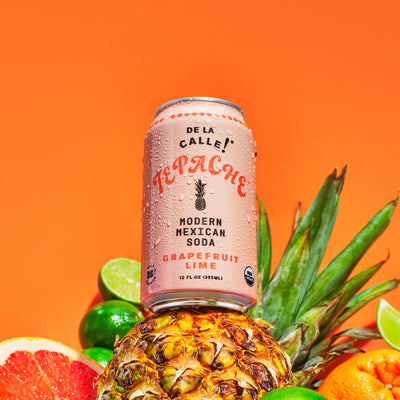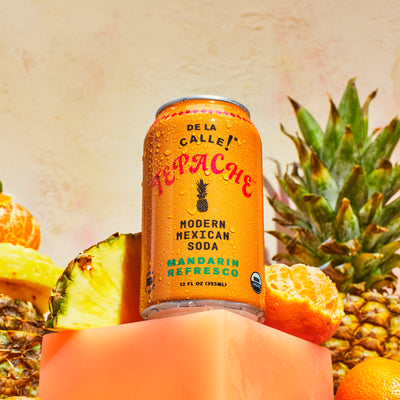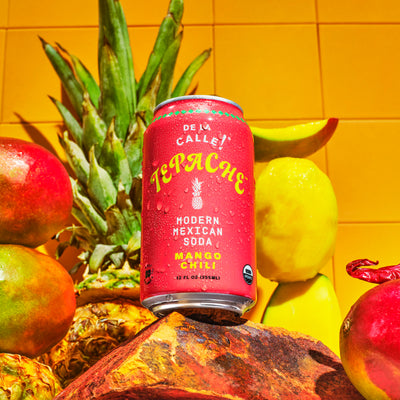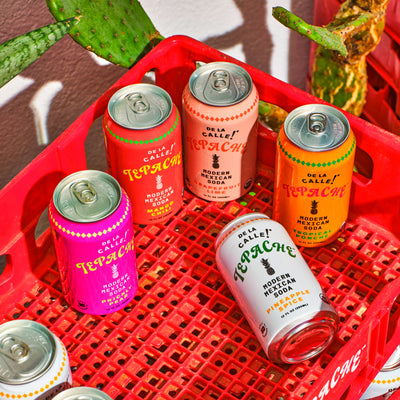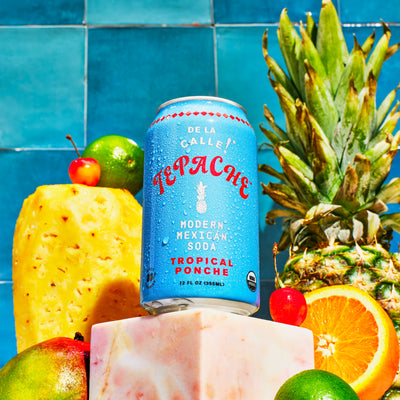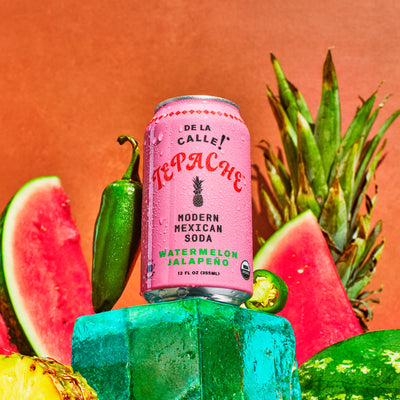What Does Certified Organic Mean and Why Is It Still Important?

“Organic” has become a buzzword in the health food world. Everything from t-shirts to celery can be called organic, leaving you wondering what this word truly means. While the roots of the organic movement go back to the 1960s, it’s certainly changed a lot to get where it is today.
This article will take a close look at what certified organic means and why it is an important label to look out for when buying food and beverages.
What Does Certified Organic Mean?
Before diving into the benefits of organic products, let's define what exactly certified organic means. In the United States, certified organic is a shorthand term for USDA certified organic. The USDA is the United States Department of Agriculture, and they are the major certifier responsible for labeling products as organic or not.
Foods classified as organic are grown and processed according to strict guidelines for soil quality, animal raising practices, pest and weed control, and the use of additives. Multi-ingredient foods that are certified organic cannot contain artificial preservatives, colors, or flavors and must be made with organic ingredients, with a few minor exceptions. Any multi-ingredient food labeled as organic has to contain 95% or more certified organic ingredients.
When it comes to organic livestock and organic dairy products, certain rules like the Pasture Rule (which determines whether the animals need to be outdoors) and a requirement for organic feed must be followed. Small animals like chickens, for example, may have different requirements than large organic animals like cows. Generally, though, it’s accepted that livestock animals should have living conditions that accommodate their natural behaviors.
For the most part, the organic certification has to do with the food’s production process and ingredients rather than the final product itself. Although it might sound like a complicated term, the simplest way to understand organic products is to remember that they do not contain prohibited substances like synthetic chemicals or GMOs and are not grown with fertilizer made from sewage sludge or exposed to radiation.
Some products are labeled as 100% organic. Most raw, unprocessed farm products such as produce, grain flours, and rolled oats can be designated as 100% organic. For example, certain fruits such as mango and pineapple can be labeled 100% organic.
How Do You Know Something Is Certified Organic?
Any product that is certified organic in the United States will have the official USDA Organic label. This label is a small brown circle with “USDA” in green letters on a white background and “organic” in white letters on a green background.
It should be easy to spot because manufacturers are usually proud to sell organic products, and they’re proud to be certified by the USDA National Organic Program.
What Is the Difference Between Non-GMO and Organic?
You might have noticed that some products contain the non-GMO seal but do not have the certified organic seal. The non-GMO seal features a black and orange butterfly on a blade of grass.
A product that is labeled as non-GMO is not necessarily organic because being non-GMO is one of many requirements for certified organic foods. That said, if you see a non-GMO label on a product, you need to check for the USDA organic seal as well to confirm that it is organic. Otherwise, while it may not contain ingredients that are the product of genetic engineering (aka GMO crops), you can’t confirm that it’s fully organic.
What Is the Difference Between Natural and Organic?
As previously mentioned, certified organic foods are regulated and classified by the USDA. Natural foods, on the other hand, are not regulated by the FDA or the USDA. For this reason, manufacturers can label any product as “natural.” There are no guidelines for natural foods, which unfortunately means that natural foods may contain heavily processed ingredients.
Usually, natural foods do not contain artificial colors or flavors, artificial preservatives, GMOs, or irradiated products. However, these guidelines change from company to company. There is no third-party regulation for natural products. Given that this is the case, if you buy natural products, you may want to check out the manufacturer to see if they publish information regarding their standards for natural food.
Organic products are the only food products that offer government-backed assurance regarding their quality. You know with certainty when you buy an organic product that it was grown and processed without toxic chemicals, antibiotics, and synthetic growth hormones.
What Is the Difference Between Containing Organic Ingredients and Being Certified Organic?
You might have noticed some multi-ingredient foods with labels claiming they contain organic ingredients but are not certified organic. Any product that contains organic ingredients is made up of at least 70% organic ingredients.
The remaining entries on the ingredients list have to be produced in a specific way but do not have to be organic. You’ll notice that products like these do not contain the USDA organic seal but may be accredited by the USDA.
Organic Designations By Percentage
With all the different organic designations, it can be difficult to remember what means what. It’s also tricky to figure out when it matters if a product contains non-agricultural ingredients, like baking soda or pectin.
The following list contains all the possible USDA organic standards and the percent of organic ingredients a product must contain to be labeled as each:
- 100% Organic: A product contains all organic ingredients
- Organic: A product contains 95-99% organic contents
- Organic Ingredients: A product contains 70-94% organic ingredients
- Some Organic Ingredients: A product contains less than 70% organic ingredients
What Are the Benefits of Buying Organic Products?
Now that you know everything that goes into labeling a product organic, you might be wondering what the benefits of buying organic products are.
Usually, organic products cost a little more because the regulations for production are so strict. That said, there are several reasons to buy organic food. This section will give you an overview of some of the major benefits of buying organic.
Nutritional Value
Organic foods—and especially organic crops—tend to be fresher because they contain fewer preservatives and are usually produced on smaller farms that are located closer to the point where it is sold.
Additionally, organic food is usually considered better for children because it contains fewer antibiotics, growth hormones, and animal byproducts.
Environmental Impact
One of the main goals of organically grown agricultural products is to grow environmentally friendly foods. Growing food without harsh, synthetic pesticides or synthetic fertilizers requires the natural cycling of natural resources.
The processes of organic farming rely on the natural cycling of natural resources. They generally focus on safe methods of ensuring soil fertility, like crop rotation and minimal tillage.
Antibiotic Reduction
Organic farmers also ensure that synthetic additives and antibiotics are also not present in organic foods. This means that organic foods are less likely to be contaminated over time and tend to contain less harmful ingredients.
Conclusion
It can be difficult to determine the difference between product labels. When you see a brown circle filled with green and white lettering, you know a product is organic. However, there are several different certifications for organic products that vary depending on the number of organic ingredients per product. Although it may initially be hard to differentiate between different products, you should look out for certified organic products and other products that are labeled as non-GMO, natural, and containing organic ingredients.
Although it may be tempting to buy products simply because it is organic, it is important to look for the USDA organic seal on all the products you buy from produce to tepache and other probiotic drinks. Organic products tend to have a high nutritional value, are better for the environment, and contain fewer antibiotics than foods that are not organic.
For this reason, it is important to read the labels on the food you buy to ensure that you are getting the best food for yourself and your family.
Sources:
Organic 101: What the USDA Organic Label Means | USDA
Differences in Organic, Natural, and Health Foods | Healthy Children
Natural vs. Organic | Organic. It's Worth It | Organic Worth It


